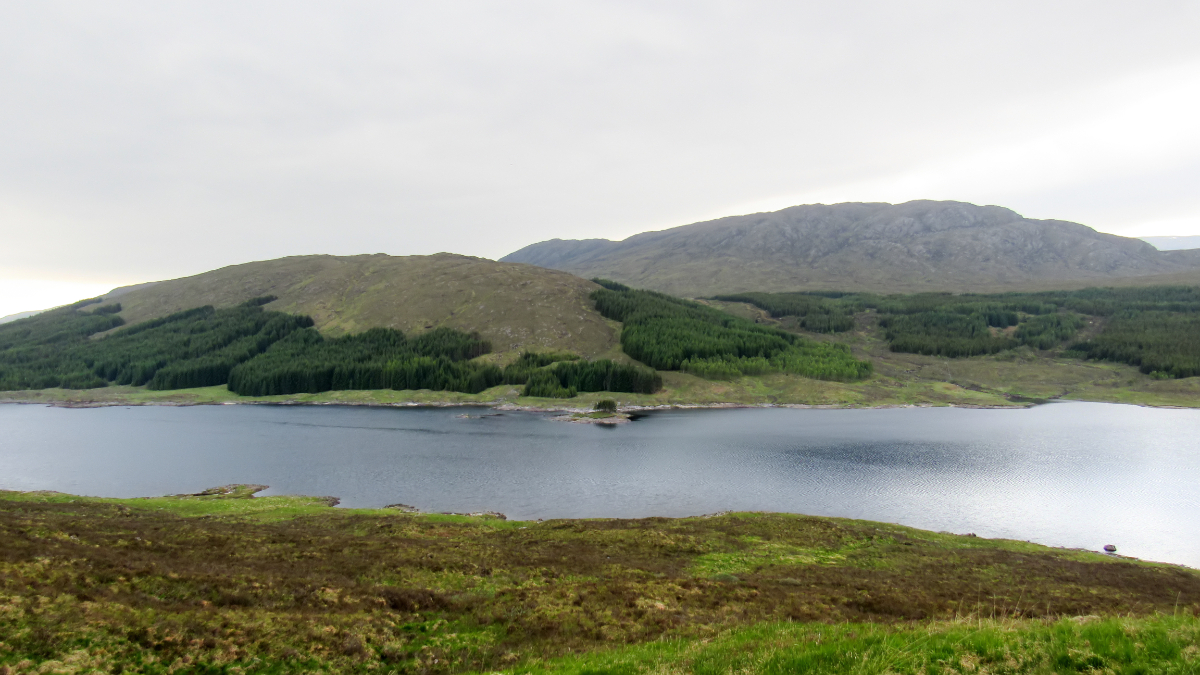What is the history of Ballindalloch Castle? Find out more about Who lives in Ballindalloch Castle and Who owns Ballindalloch estate. Cairngorms Holiday Cottages provide Holiday Cottages in Speyside and Scottish highlands. We explore the complete history of this famous landmark.
What Is The History Of Ballindalloch Castle?
Ballindalloch Castle is a stunning Scottish castle. It is located in the northeast of Scotland, near the village of Ballindalloch. The castle has a rich history that spans over 500 years, and it has been the family home of the Macpherson-Grants since 1546. The castle has witnessed many significant events throughout its history. The castles history includes battles, sieges, and even a visit from Queen Victoria in 1872.
Today, the castle remains a well-preserved example of Scottish architecture. With its stunning turrets, towers, and beautiful gardens it continues attracting visitors from all over the world. This article will explore the history of Ballindalloch Castle. We will explore its history from its earliest origins to its present-day status as one of Scotland's most treasured landmarks.
Who lives in Ballindalloch Castle?
Ballindalloch Castle is still owned and occupied by the Macpherson-Grant family. The family have been in residence there for over 500 years. The current Laird of Ballindalloch is Guy Macpherson-Grant, who inherited the castle from his father in 2000. The family is involved in various business ventures. These include agriculture, whisky distilling, and tourism.
The castle and its estate are also a popular tourist attraction in the area. Despite its historical significance and popularity among visitors, Ballindalloch Castle remains a private residence. Only certain parts of the castle are open to the public during specified times of the year.
Who owns Ballindalloch estate?
Ballindalloch Estate is owned by the Macpherson-Grant family, who have owned and managed the estate since the 16th century. The estate covers over 20,000 acres of land in the northeast of Scotland.
The estate includes farmland, woodland, moorland, and the River Spey, which is famous for its salmon fishing. The estate is known for its diverse range of businesses, including farming, forestry, whisky distilling, and tourism.
Ballindalloch Castle is a major focal point, being a popular attraction for visitors to the area.
The Macpherson-Grant family takes great pride in managing the estate sustainably. They have received numerous awards for their conservation efforts and commitment to environmental stewardship.
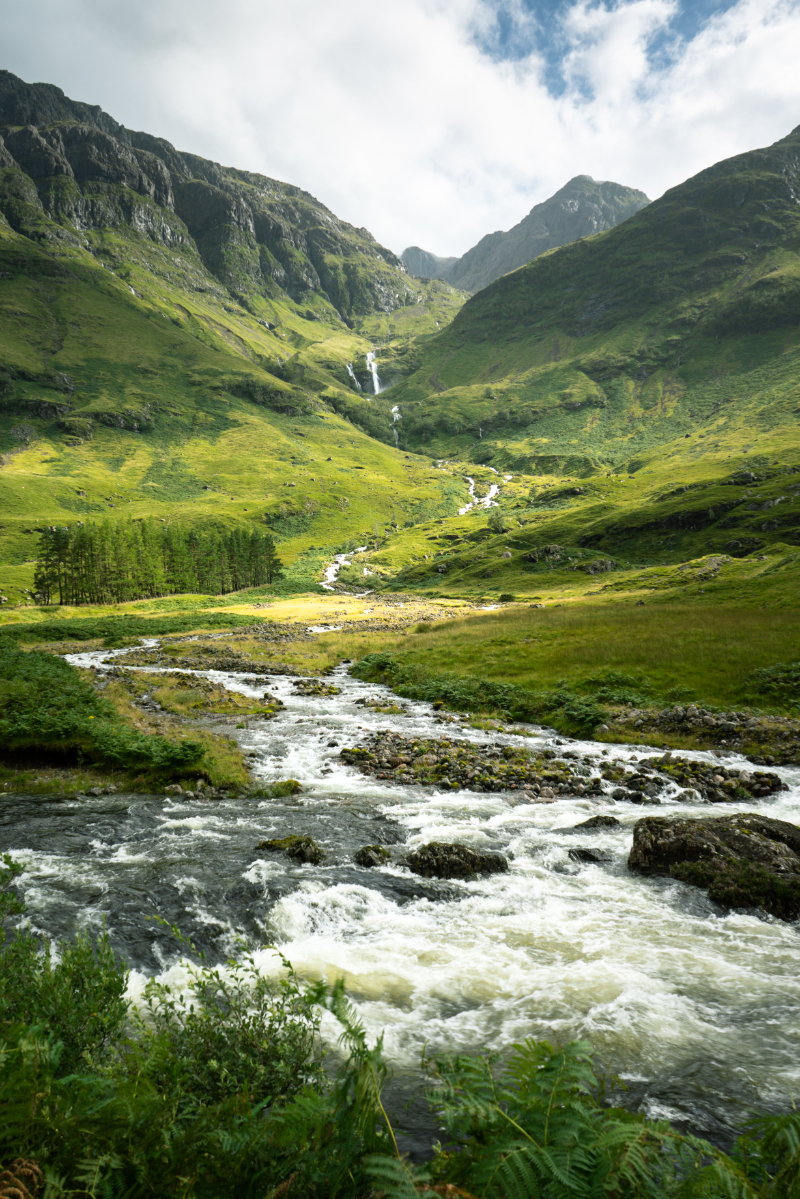
Can you stay at Ballindalloch Castle?
Yes, it is possible to stay at Ballindalloch Castle, although accommodation is limited and only available during certain times of the year. The castle has four luxurious guest bedrooms. Each bedroom has its own unique character and charm, and guests are treated to a truly authentic Scottish castle experience.
The rooms are furnished with antiques and art from the castle's collection. Guests can enjoy stunning views of the surrounding countryside. In addition to the guest rooms, the castle also has a private self-catering apartment that can accommodate up to six people. However, it is worth noting that as Ballindalloch Castle is a private residence. Availability is limited and booking well in advance is essential.
Ballindalloch Castle in the 15th & 16th Centuries
The lands of Ballindalloch and Glencairnie were initially granted to John Grant of Freuchie by King James IV in 1498. John Grant's grandfather was known as the 'Crown Tacksman of Ballindalloch' in 1457. John Grant's grandson, also named John Grant, began constructing the castle around 1542.
Ballindalloch Castle was built during a period when the Highlands were plagued by clan disputes. It was subject to the greed of both English and Scottish monarchs. The castle, originally designed in a 'Z' shape, served as both a fortress and a family home.
The living quarters, a three-story square block of stone, were flanked by two high circular towers to the north and south. Each tower protects two sides of the rectangle.
The castle was surrounded on the north and west sides by the Rivers Spey and Avon. This creates a natural moat, while the entrance was guarded by a mechanism designed to drop stones and sewage on unwelcome visitors.
It has long puzzled historians why John Grant chose to build his castle on the lowlands to the west, rather than on the high grounds to the east.
Legend has it that John Grant instructed his stone masons to build a castle on the hill. While there is no clear strategic or geographical explanation, the foundations were repeatedly destroyed by the River Avon.
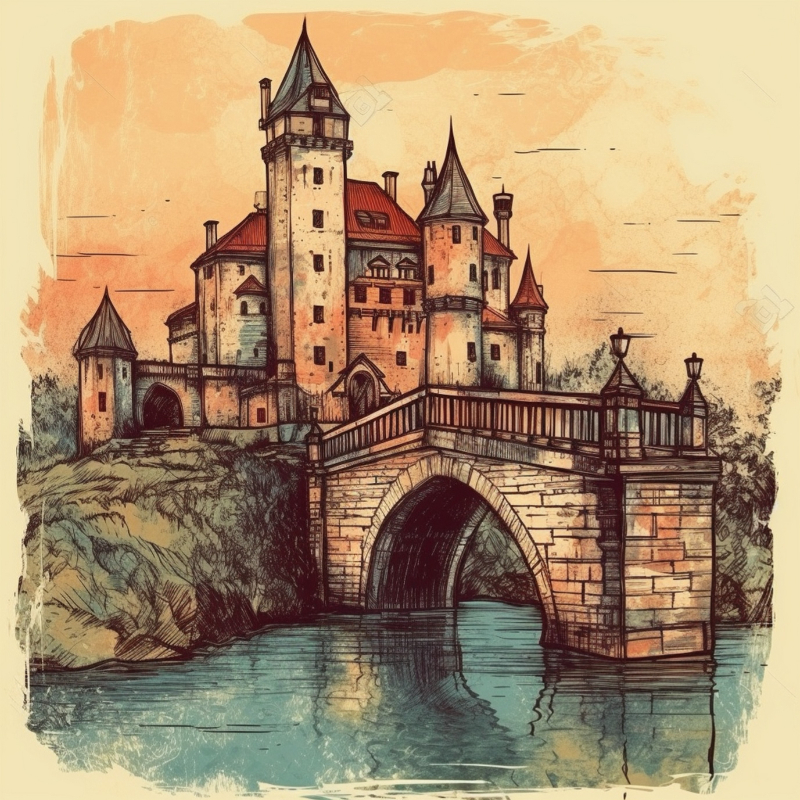
After keeping a nighttime vigil, John Grant was swept off the hill by a powerful gust of wind. It was accompanied by a demonic voice urging him to construct his castle "on the coo haugh," or cow's meadow. As a result, Ballindalloch Castle was ultimately built on the meadow running alongside the River Avon.
Ballindalloch Castle in the 17th Century
For a hundred years, the Grants benefited from the spectral warning that led to the positioning of the Castle on the flat meadows. However, the English and Scottish Civil Wars, marked by internecine feuding, interrupted the Castle's history.
The Grant Clan had aligned themselves with the Covenanters, who supported the English Parliament in their conflict with Charles I. In 1645, James Graham, Marquis of Montrose, led Royalist forces to sack the castle, burning its interior and forcing the Grants to flee. This victory for the Royalists was short-lived. They were defeated within a year, and the repair and reconstruction of Ballindalloch Castle began.
Ballindalloch Castle in the 18th Century
During the 18th century, the original 16th-century building of Ballindalloch Castle was expanded. It saw the addition of two wings to form the Rose Garden. In 1718, Colonel William Grant added the two-story southern wing.
In 1770, General James Grant recognized the need for a further wing to the north. This was built to accommodate his French chef, who had returned with him after serving as Governor of East Florida.
Ballindalloch Castle in the 19th Century
The fortifications of Ballindalloch Castle had held strong against man-made attacks. But it was the forces of nature that breached its ramparts on the second and final occasion. In August 1829, the Cairngorms were struck by a fierce thunderstorm.
This caused the normally placid rivers of Strathspey and Moray to overflow and devastate the low-lying areas. The floodwaters eventually breached the garden wall of the castle.
For 24 hours, a torrent of water raged against the ground floor, filling the vaulted passages and leaving the garden covered in four feet of sand.
This "act of God" prompted the Macpherson-Grants, like their ancestor John Grant, to make changes to the castle.
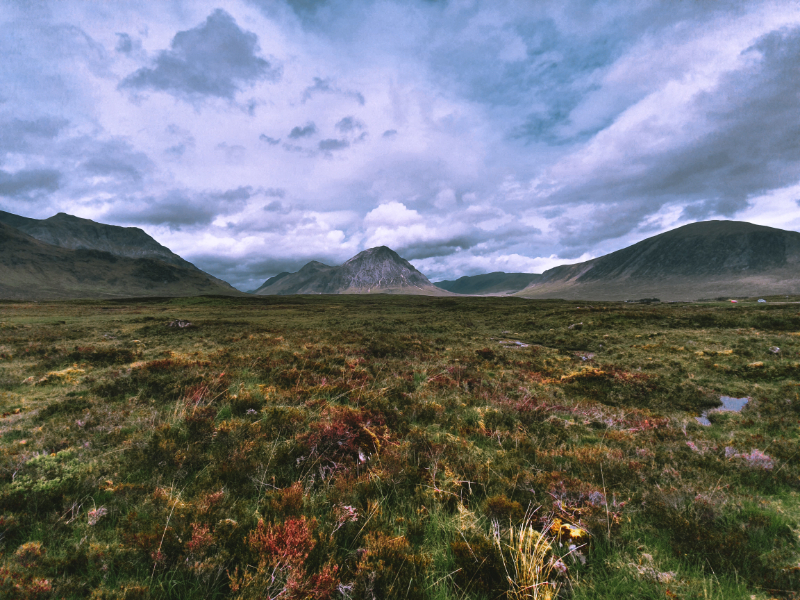
By the mid-19th century, the dilapidated fortress had been transformed into a modern Victorian mansion. From 1848 to 1853, Moray architect Thomas Mackenzie oversaw the renovations. These received widespread praise for their sensitive modernization.
Mackenzie's design deliberately invoked the historic Scottish baronial style. This created "an air of light, yet massive strength, and mingling modern and antique appearance," according to one visitor at the time. Today, architectural historians appreciate that while Mackenzie added the requested baronial style, the original architecture is still visible and accessible to visitors.
Ballindalloch Castle in the 20th Century
In the 1960s, Sir Ewan Macpherson-Grant undertook necessary updates to Ballindalloch Castle. These included the addition of bathrooms and a reduction of the excessive Victorian additions. The removal of a wing to the North East was also necessary due to dry rot.
The castle's layout was also adjusted to accommodate modern living with the inclusion of several new bathrooms. Additionally, in the 1980s, Sir Ewan's daughter, Clare Russell, oversaw the interior modernisation of the Castle's public rooms, incorporating exquisite interior design.
Ballindalloch Castle in the 21th Century
To modern eyes the design gives Ballindalloch Castle an almost magical, fairy-tale appearance.
This is achieved by Mackenzie's skillful combination of the original 'Z' plan, fortified tower with contemporary wings, adorned with large dormer windows and gabled roofs.
However, once you step into the Castle grounds, the gentle buzz of activity reminds us that it is still an integral part of a bustling Highland Estate. There remains several diverse businesses operating within its grounds.
Additionally, the latest two generations of Macpherson-Grants still call it home. Will there be any further significant alterations or removals to the Castle in the future? Only time and the course of the family's history will reveal.
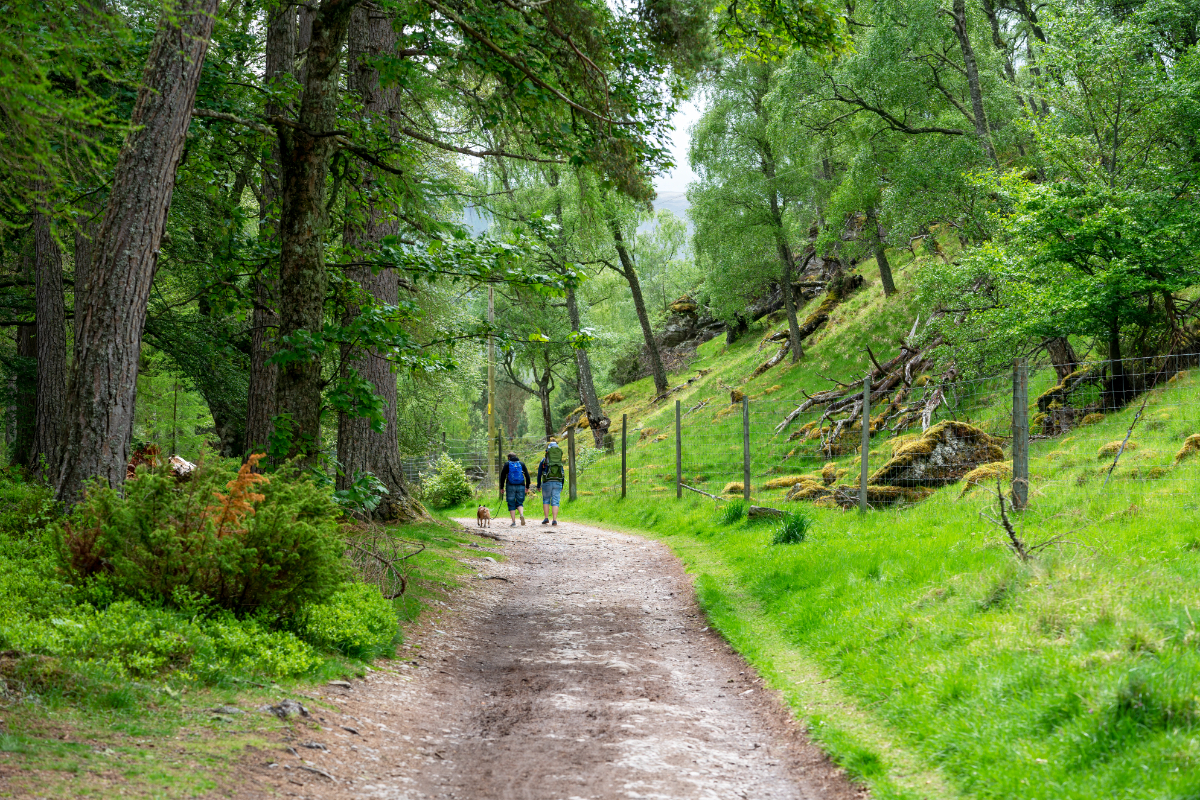
Are you looking for luxury holiday cottages in the Speyside area? If you are planning a holiday or short stay in Speyside in Cairngorms National Park, we have some great luxury cottages available. For Speyside accommodation follow the link below.

